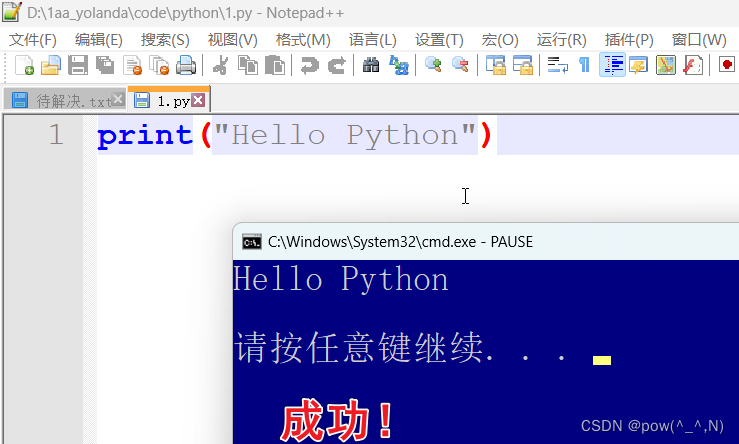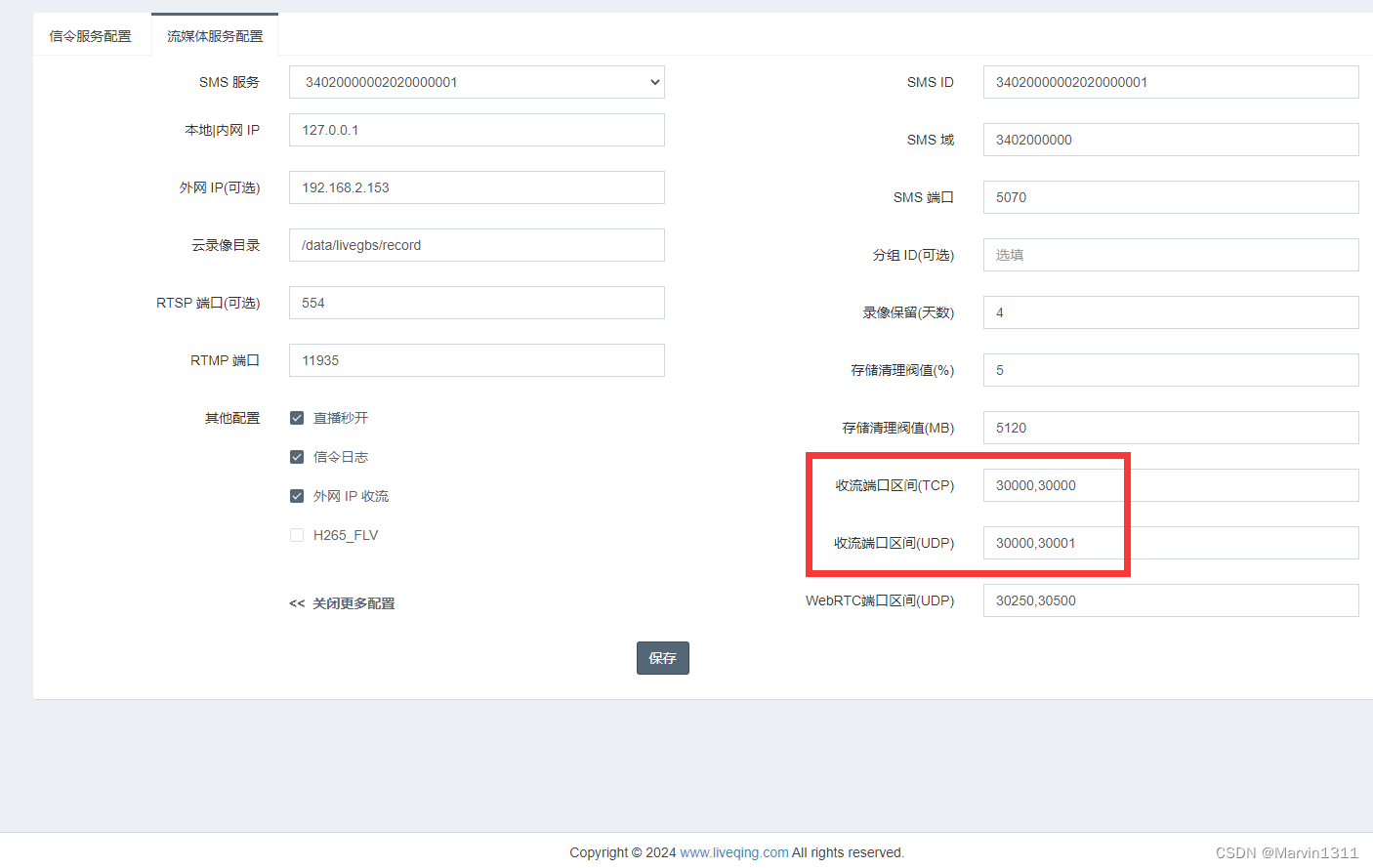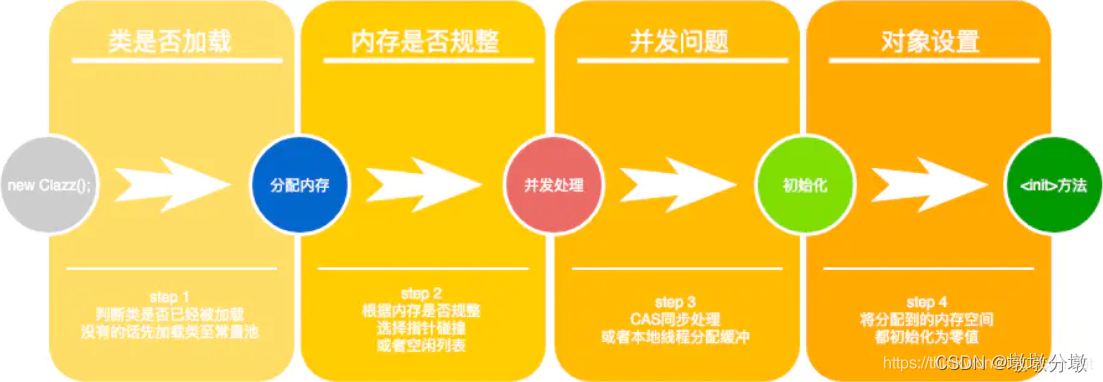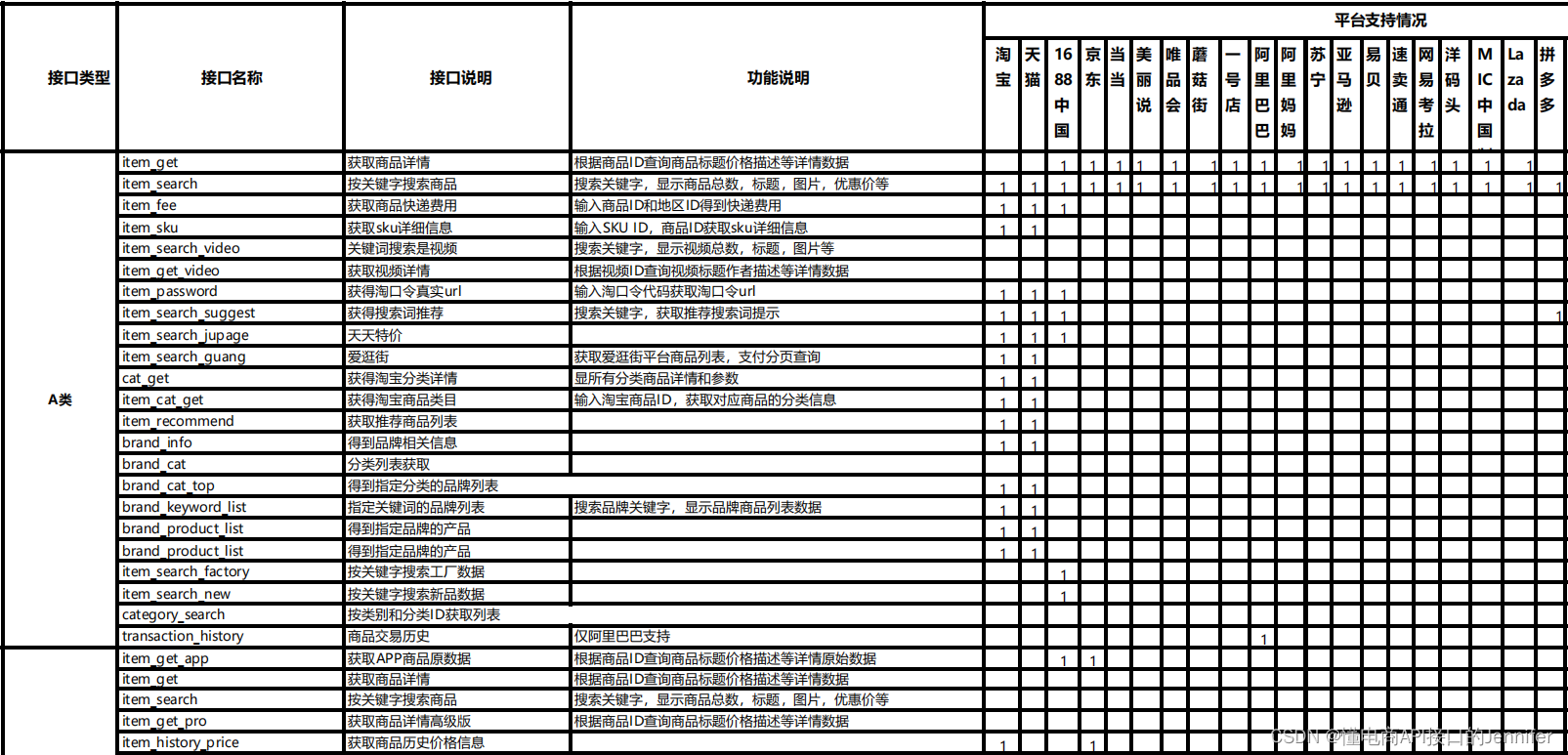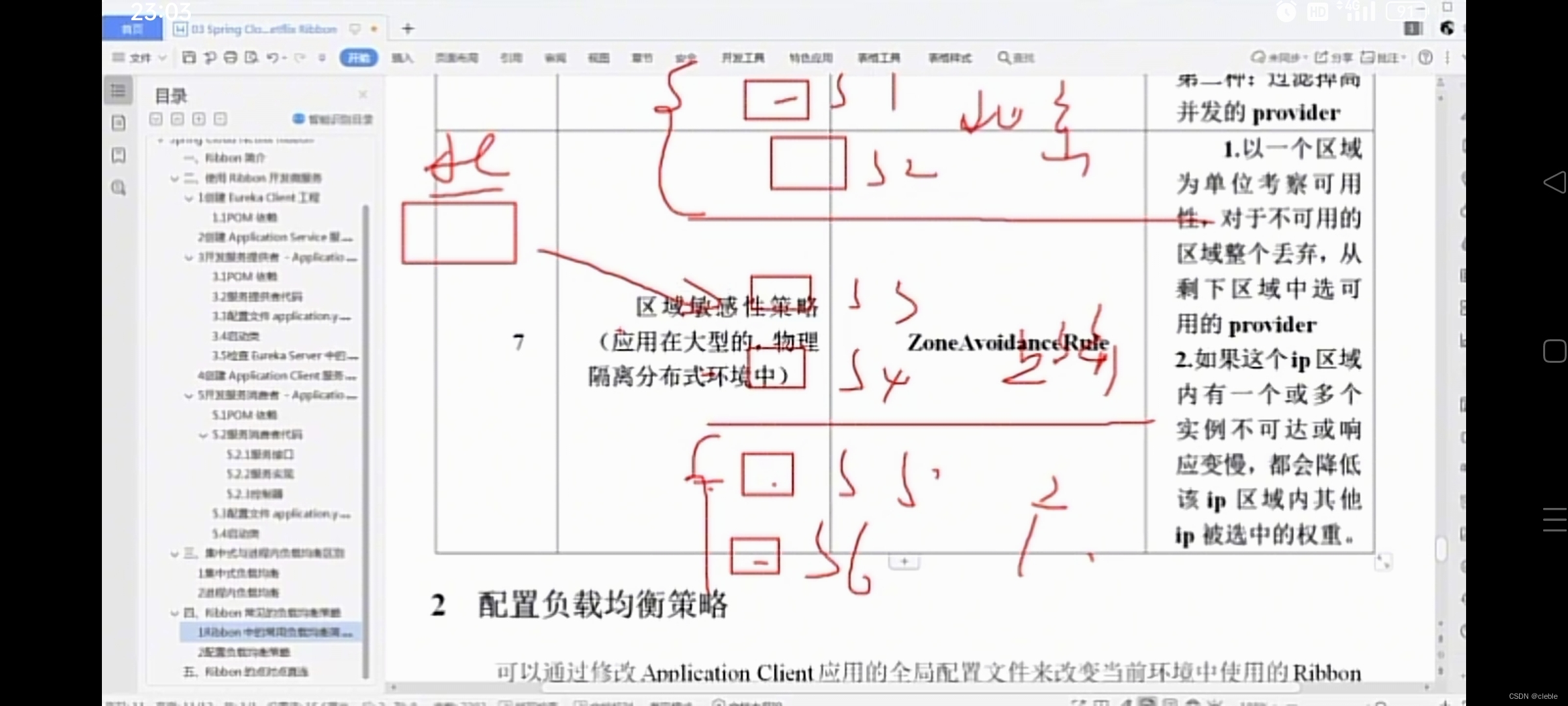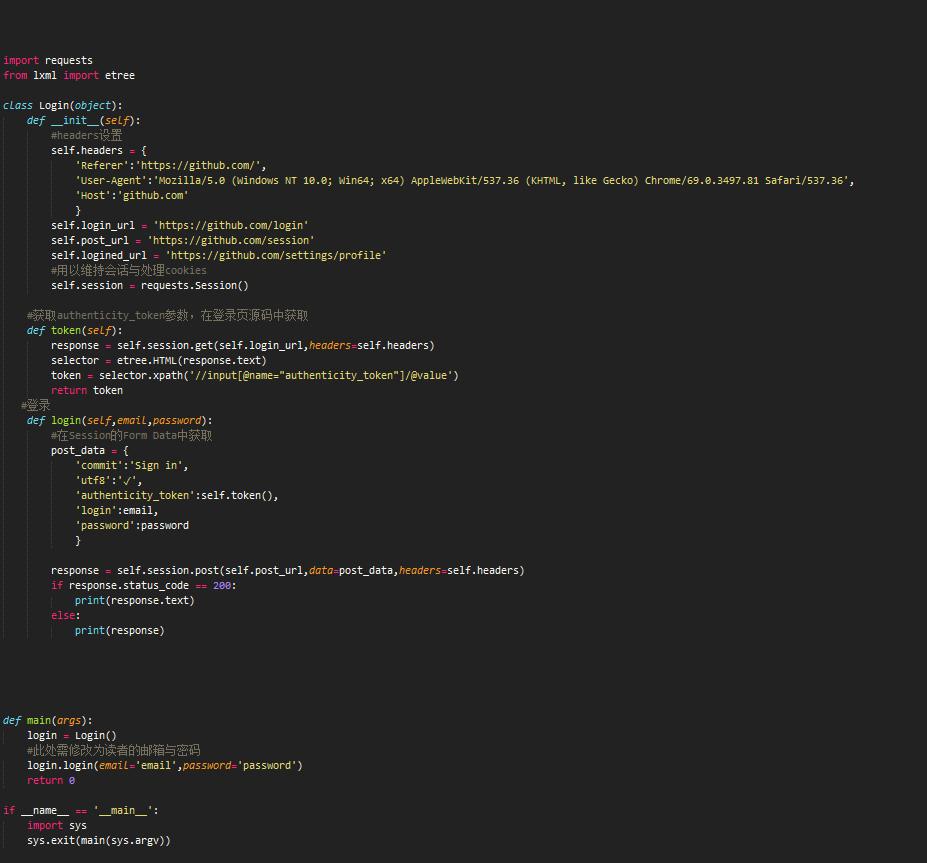双向长短记忆网络(BiLSTM)
BiLSTM(双向长短时记忆网络)是一种特殊的循环神经网络(RNN),它能够处理序列数据并保持长期记忆。与传统的RNN模型不同的是,BiLSTM同时考虑了过去和未来的信息,使得模型能够更好地捕捉序列数据中的上下文关系。在本文中,我们将详细介绍BiLSTM的数学原理、代码实现以及应用场景。
数学原理
LSTM(长短期记忆网络)是一种递归神经网络(RNN),通过引入门控机制来解决传统RNN中的梯度消失或梯度爆炸问题。BiLSTM是LSTM的一个变体,它在时间序列上同时运行两个LSTM,一个从前向后处理,一个从后向前处理。
LSTM的关键部分是单元状态(cell state)和各种门控机制,包括遗忘门、输入门和输出门。这些门控机制使用sigmoid函数来控制信息流动的程度。
具体来说,对于给定的时间步
t
t
t和输入
X
t
X_t
Xt,LSTM计算以下值:
1.遗忘门(forget gate):
f
t
=
σ
(
W
f
⋅
[
h
t
−
1
,
X
t
]
+
b
f
)
f_t = σ(W_f \cdot [h_{t-1}, X_t] + b_f)
ft=σ(Wf⋅[ht−1,Xt]+bf)
2.输入门(input gate):
i
t
=
σ
(
W
i
⋅
[
h
t
−
1
,
X
t
]
+
b
i
)
i_t = \sigma(W_i \cdot [h_{t-1}, X_t] + b_i)
it=σ(Wi⋅[ht−1,Xt]+bi)
3.更新单元状态(new cell state):
C
~
t
=
t
a
n
h
(
W
c
⋅
[
h
t
−
1
,
X
t
]
+
b
c
)
\tilde{C}_t = tanh(W_c \cdot [h_{t-1}, X_t] + b_c)
C~t=tanh(Wc⋅[ht−1,Xt]+bc)
4.单元状态(cell state):
C
t
=
f
t
∗
C
t
−
1
+
i
t
∗
C
~
t
C_t = f_t * C_{t-1} + i_t * \tilde{C}_t
Ct=ft∗Ct−1+it∗C~t
5.输出门(output gate):
o
t
=
σ
(
W
o
⋅
[
h
t
−
1
,
X
t
]
+
b
o
)
o_t = \sigma(W_o \cdot [h_{t-1}, X_t] + b_o)
ot=σ(Wo⋅[ht−1,Xt]+bo)
6.隐状态(hidden state)更新:
h
t
=
o
t
∗
tanh
(
C
t
)
h_t = o_t * \tanh(C_t)
ht=ot∗tanh(Ct)
其中,
σ
\sigma
σ表示sigmoid函数
BiLSTM通过将LSTM层沿着时间轴前向和后向运行来计算双向隐藏状态。前向LSTM从序列的第一个元素到最后一个元素顺序计算,而后向LSTM则相反。这两个隐藏状态被连接在一起形成最终的双向隐藏状态。
双向LSTM的输出可以用于各种任务,如序列标注、文本分类等。它能够捕捉到序列中每个时间步之前和之后的上下文信息,从而提供更全面的特征表示。
代码实现
import torch
import torch.nn as nn
import torch.optim as optim
import torch.nn.functional as F
from sklearn.datasets import load_boston
from sklearn.preprocessing import StandardScaler
import matplotlib.pyplot as plt
# 加载数据集并进行标准化
data = load_boston()
X = data.data
y = data.target
scaler = StandardScaler()
X = scaler.fit_transform(X)
y = y.reshape(-1, 1)
# 转换为张量
X = torch.tensor(X, dtype=torch.float32).unsqueeze(1)
y = torch.tensor(y, dtype=torch.float32)
# 定义BiLSTM模型
class BiLSTMNet(nn.Module):
def __init__(self, input_size, hidden_size, num_layers, dropout,output_size):
super(BiLSTMNet, self).__init__()
self.input_size = input_size
self.hidden_size = hidden_size
self.num_layers = num_layers
self.dropout = dropout
self.output_size = output_size
self.lstm = nn.LSTM(input_size = self.input_size,
hidden_size = self.hidden_size,
num_layers = self.num_layers,
bidirectional = True,
batch_first=True,
dropout = self.dropout)
self.fc1 = nn.Linear(self.hidden_size * 2, self.hidden_size)
self.fc2 = nn.Linear(self.hidden_size, self.output_size)
def forward(self, x):
output, (h_n, c_n) = self.lstm(x)
out = torch.concat([h_n[-1,:,:], h_n[-2, :, :]], dim=-1)
out = F.relu(out)
out = self.fc1(out)
out = F.relu(out)
out = self.fc2(out)
return out
input_size = X.shape[2]
hidden_size = 32
output_size = 1
model = BiLSTMNet(input_size=input_size,
hidden_size=hidden_size,
num_layers=4,
dropout=0,
output_size=output_size)
# 定义损失函数和优化器
criterion = nn.MSELoss()
optimizer = optim.Adam(model.parameters(), lr=0.001)
# 训练模型
num_epochs = 10000
loss_list = []
for epoch in range(num_epochs):
optimizer.zero_grad()
outputs = model(X)
loss = criterion(outputs, y)
loss.backward()
optimizer.step()
if (epoch+1) % 100 == 0:
loss_list.append(loss.item())
print(f'Epoch [{epoch+1}/{num_epochs}], Loss: {loss.item()}')
# 可视化损失曲线
plt.plot(range(100), loss_list)
plt.xlabel('num_epochs')
plt.ylabel('loss of LSTM Training')
plt.show()
# 预测新数据
new_data_point = X[0].reshape(1, 1, -1)
prediction = model(new_data_point)
print(f'Predicted value: {prediction.item()}')
上述代码实现了一个双向LSTM模型,用于预测波士顿房价数据集中的房价。其中,首先加载并标准化数据集,然后定义了一个自定义的BiLSTMNet模型类,该类包含了一个双向LSTM层和两个全连接层,并使用MSELoss作为损失函数和Adam作为优化器进行模型训练。在训练过程中,每100个epoch将损失值记录下来,最后使用Matplotlib将损失曲线可视化(如下图所示)。最后,使用模型对新数据点进行预测并输出结果。整个代码实现了一个简单的房价预测模型,可以通过调节模型参数和超参数进行进一步优化。

总结
BiLSTM是一种强大的序列建模工具,它能够处理序列数据并捕捉长期依赖关系。在实践中,BiLSTM已被广泛应用于语音识别、自然语言处理和股票预测等领域。本文介绍了BiLSTM的数学原理、代码实现以及应用场景,希望读者能够通过本文了解到BiLSTM的基本知识和使用方法。
![[Flink02] Flink架构和原理](https://img-blog.csdnimg.cn/img_convert/a5c0c7ac41e553eb0021ff93cc2e99b2.png)
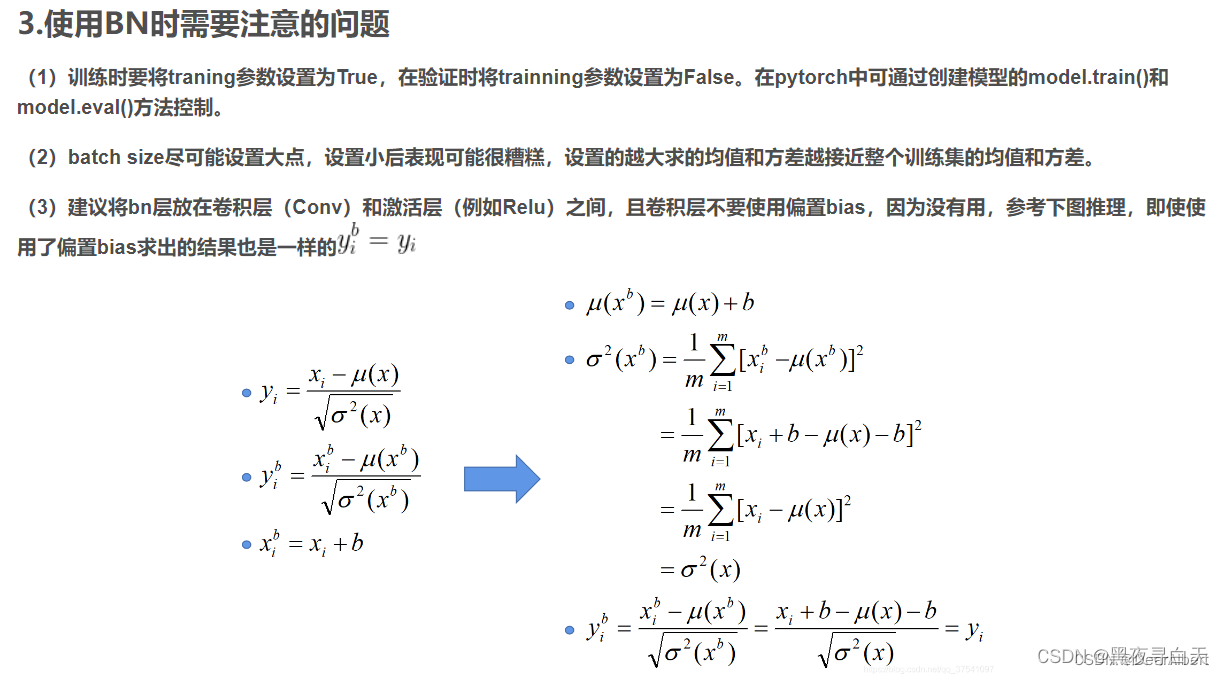

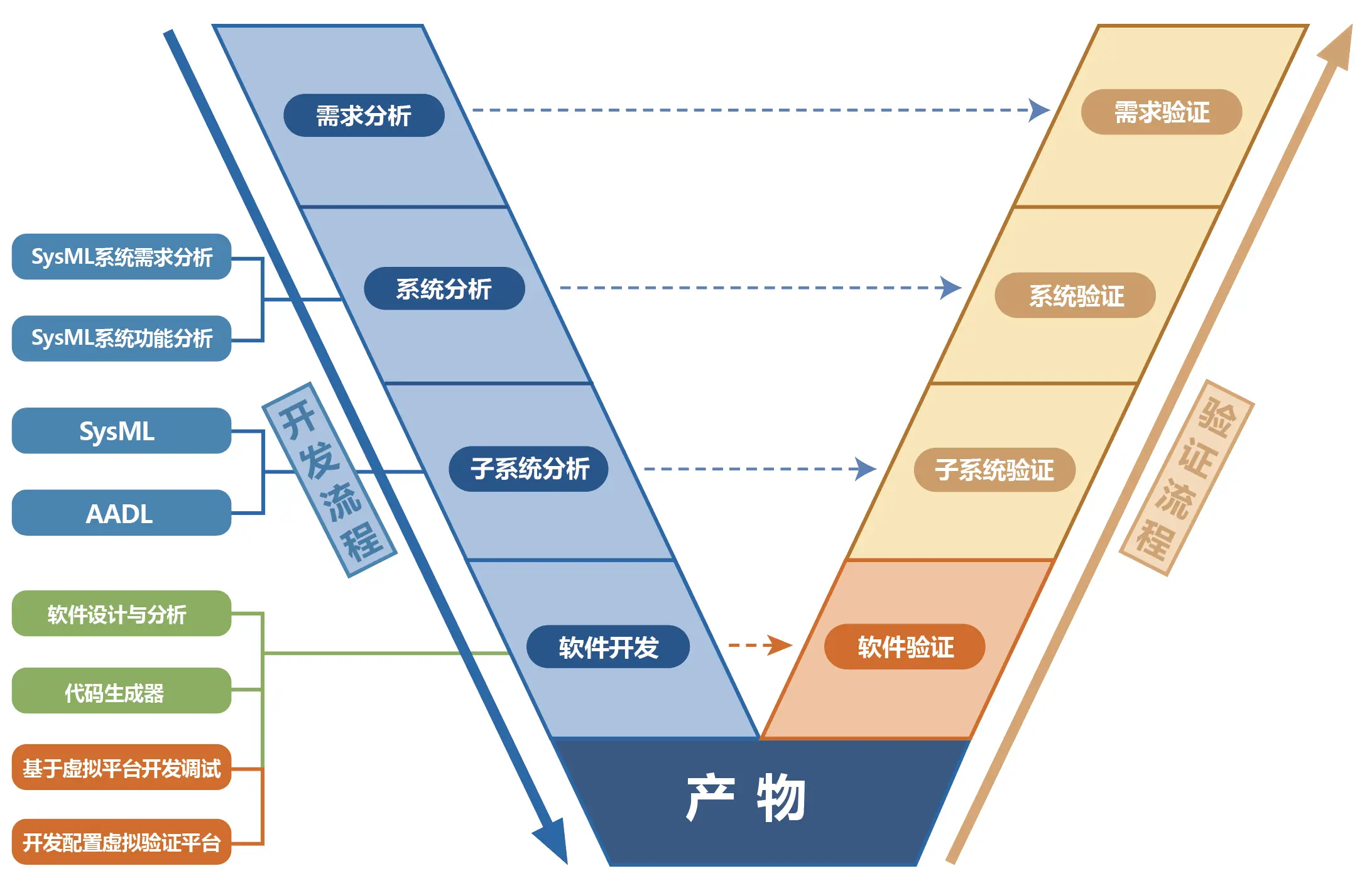

![[Flink03] Flink安装](https://img-blog.csdnimg.cn/img_convert/3bc059e0490c0289ab0fa93eb4313fe3.png)




